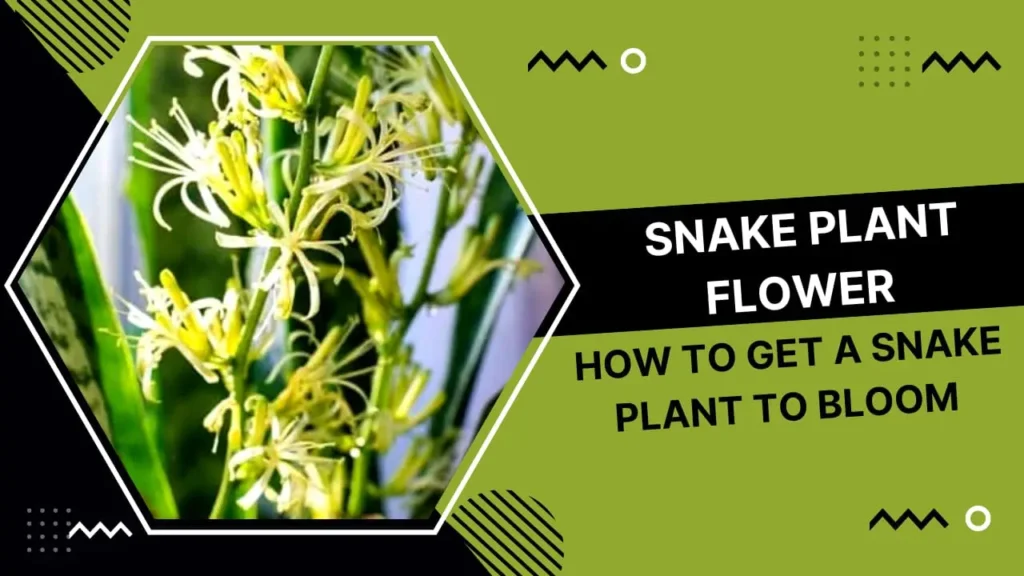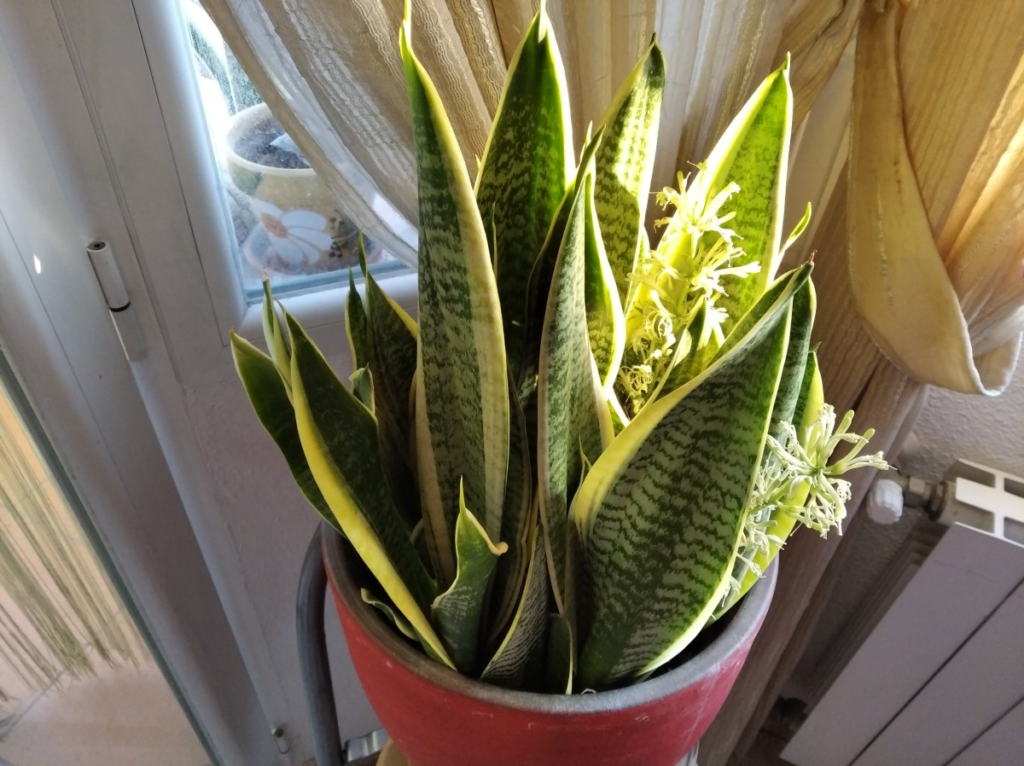
snake plant flower
Introduction: The Enigma of the Snake Plant Flower
Snake plant flower, also known as mother-in-law’s tongue, are celebrated for their hardy, low-maintenance nature and striking foliage. However, few know that snake plant flower these plants are capable of producing flowers—a rare and captivating event.
In this comprehensive guide, we’ll explore the fascinating world of snake plant flowers, delving into their characteristics, the conditions needed for blooming, their symbolism, and much more. Whether you’re a seasoned plant enthusiast or a curious beginner, this article promises to unveil the secrets behind this elusive bloom.
What Are Snake Plant Flowers?
A Rare Sight in the World of Succulents
Snake plant flowers are delicate, tubular blooms that grow on a slender stalk known as an inflorescence. These flowers typically range in color from creamy white to pale green, adding a unique charm to an otherwise foliage-centric plant.
Despite their beauty, snake plant flowers are rarely seen in most households. The rarity of blooming is primarily due to the plant’s low metabolic demand, which doesn’t prioritize flower production unless specific conditions are met.
Structure and Appearance
Snake plant flowers are strikingly elegant. They cluster along the inflorescence, exuding a subtle fragrance that intensifies in the evening. The flowers are sticky due to the nectar they produce, which attracts pollinators like moths. The blooms may also produce small, spherical fruits, though this is even rarer.
Why Do Snake Plants Bloom So Infrequently?
The bloom of a snake plant signifies that it is under some form of stress, such as being root-bound or exposed to specific environmental triggers. Unlike many flowering plants, snake plants don’t require consistent flowering for reproduction, as they primarily propagate through rhizomes or cuttings.
How to Encourage Your Snake Plant to Bloom

Creating the Perfect Environment
If you want to see your snake plant flower, it’s essential to recreate the conditions that trigger blooming. These include:
Lighting: Provide bright, indirect sunlight. While snake plants can tolerate low light, flowering is more likely when they receive optimal lighting.
Temperature: Snake plants thrive in warm environments (60–80°F), and consistent temperatures can encourage blooms.
Watering: Allow the soil to dry out completely between watering sessions. Overwatering can stress the plant and prevent flowering.
The Role of Stress in Flowering
Stress, such as being root-bound, can stimulate flowering. While this may sound counterintuitive, snake plants interpret certain stresses as a signal to reproduce. A slightly crowded pot encourages the plant to channel energy into flowering rather than leaf growth.
Seasonal Timing
Snake plant flowers are most likely to appear during spring or summer when conditions are naturally conducive to growth. However, with the right care, blooms can sometimes occur in other seasons.
The Symbolism and Cultural Significance of Snake Plant Flowers

Ancient Beliefs and Modern Interpretations
Snake plants have been revered in various cultures for their resilience and symbolism. The rare sight of a snake plant flower often carries significant meaning, representing growth, perseverance, and adaptation.
Feng Shui and Spiritual Energy
In Feng Shui, snake plants are considered protective plants that absorb negative energy. A blooming snake plant amplifies this energy, symbolizing positive changes and harmony in the household.
A Token of Nature’s Rarity
The rarity of the bloom itself makes it a conversation starter. For many, seeing their snake plant flower for the first time is a rewarding experience that underscores the patience and care they’ve invested.
The Lifecycle of a Snake Plant Flower
From Bud to Bloom
The lifecycle begins with the development of a long stalk that emerges from the base of the plant. Buds form along the stalk, gradually opening into delicate, fragrant flowers. This process can take several weeks, requiring patience and careful observation.
Blooming Duration
Snake plant flowers are not long-lasting. Once they bloom, the flowers typically last for a week or two before wilting. The short lifespan adds to the mystique and value of the experience.
Post-Bloom Care
After the flowers fade, the inflorescence can be trimmed back to encourage the plant to redirect energy to its leaves and roots. This ensures the overall health and longevity of the plant.
Common Myths About Snake Plant Flowers
Blooming Indicates the Plant Is Dying
One common misconception is that a flowering snake plant signals its imminent demise. In reality, blooming is a natural process and not necessarily an indicator of poor health.
Snake Plant Flowers Are Toxic
While the leaves of snake plants contain saponins, which can be mildly toxic to pets and humans, the flowers themselves are generally harmless. However, it’s always best to keep plants out of reach of curious pets and children.
Only Older Plants Bloom
While maturity can increase the likelihood of blooming, younger plants can also flower under the right conditions. It’s more about the environment and care than the plant’s age.
Benefits of Snake Plant Flowers
Aesthetics and Fragrance
The flowers add a unique visual and olfactory element to your indoor garden. Their subtle fragrance, especially noticeable at night, can enhance the ambiance of your space.
Pollinator Attraction
Although snake plants are primarily grown indoors, their flowers can attract pollinators like moths if placed outdoors. This contributes to the ecological benefits of the plant.
A Testament to Care
For many plant enthusiasts, a flowering snake plant is a badge of honor—a testament to their dedication and green thumb.
Troubleshooting: Why Isn’t My Snake Plant Flowering?
Diagnosing Your Plant
If your snake plant isn’t flowering, assess its overall health. Look for signs of root rot, pest infestations, or nutrient deficiencies. Addressing these issues can increase the likelihood of blooming.
Snake Plant Flower Varieties and Their Unique Traits
Sansevieria Trifasciata
The most common variety, this plant produces creamy white flowers with a subtle fragrance.
Sansevieria Cylindrica
Known for its cylindrical leaves, this variety can produce slightly smaller, greenish-white flowers.
Rare Varieties
Some rare species, such as Sansevieria Masoniana (commonly called Whale Fin), are less likely to bloom but produce stunning flowers when they do.
Propagation and Snake Plant Flowers
Using Flowering as a Propagation Opportunity
While most people propagate snake plants through leaf cuttings or division, flowering can present an additional opportunity. If your plant produces seeds after flowering, these can be used to grow new plants.
The Role of Rhizomes
Even when a plant flowers, its primary method of reproduction remains through rhizomes. Learning to divide these ensures the longevity and spread of your plant collection.
Snake Plant Flowers in Home Décor and Wellness
Enhancing Indoor Spaces
The rare blooms of a snake plant can be a centerpiece in your indoor garden, drawing attention and sparking conversation.
Air-Purifying Properties
While the leaves are the primary air-purifiers, flowering doesn’t diminish this benefit. Snake plants continue to filter toxins like formaldehyde and benzene, improving indoor air quality.
Emotional and Mental Benefits
Caring for a snake plant and witnessing its bloom can be a therapeutic and rewarding experience, reducing stress and enhancing mental well-being.
Conclusion: A Rare Gift from Nature
Snake plant flowers are a beautiful anomaly—a testament to nature’s ability to surprise and delight. With the right care and conditions, you, too, can experience the joy of seeing your snake plant bloom. Whether you view it as a scientific curiosity or a spiritual symbol, the snake plant flower remains one of the most captivating aspects of this beloved houseplant.
Let this guide serve as your companion in nurturing your snake plant toward this rare and rewarding milestone. Happy gardening!




